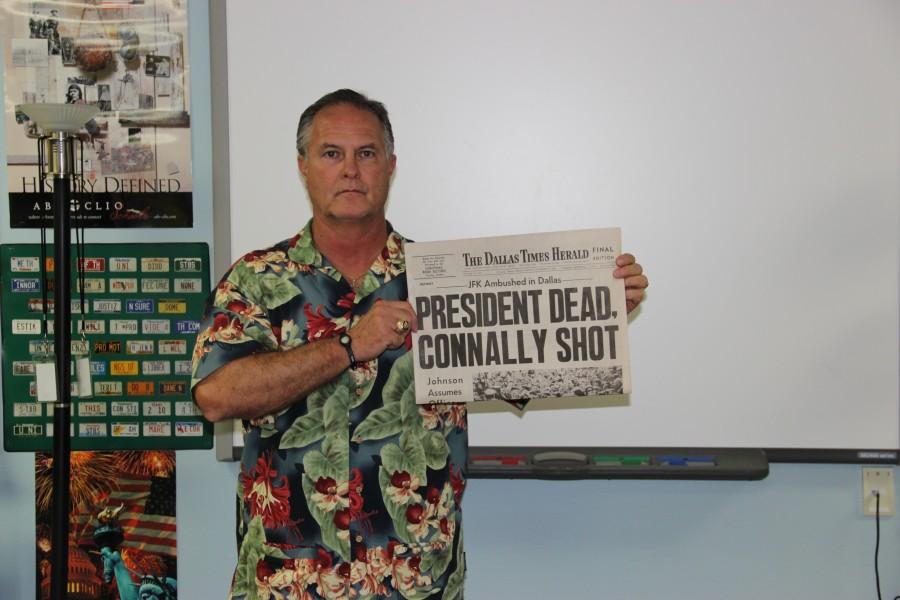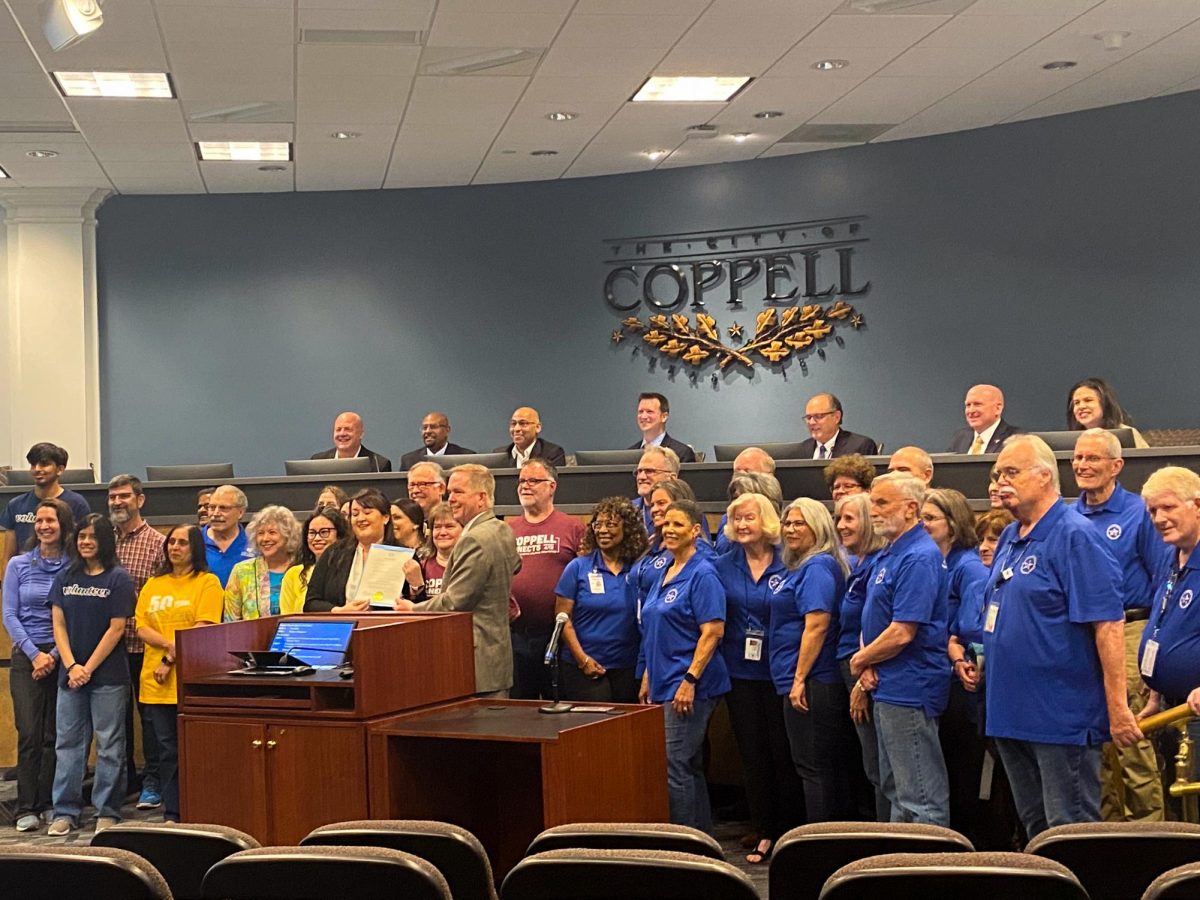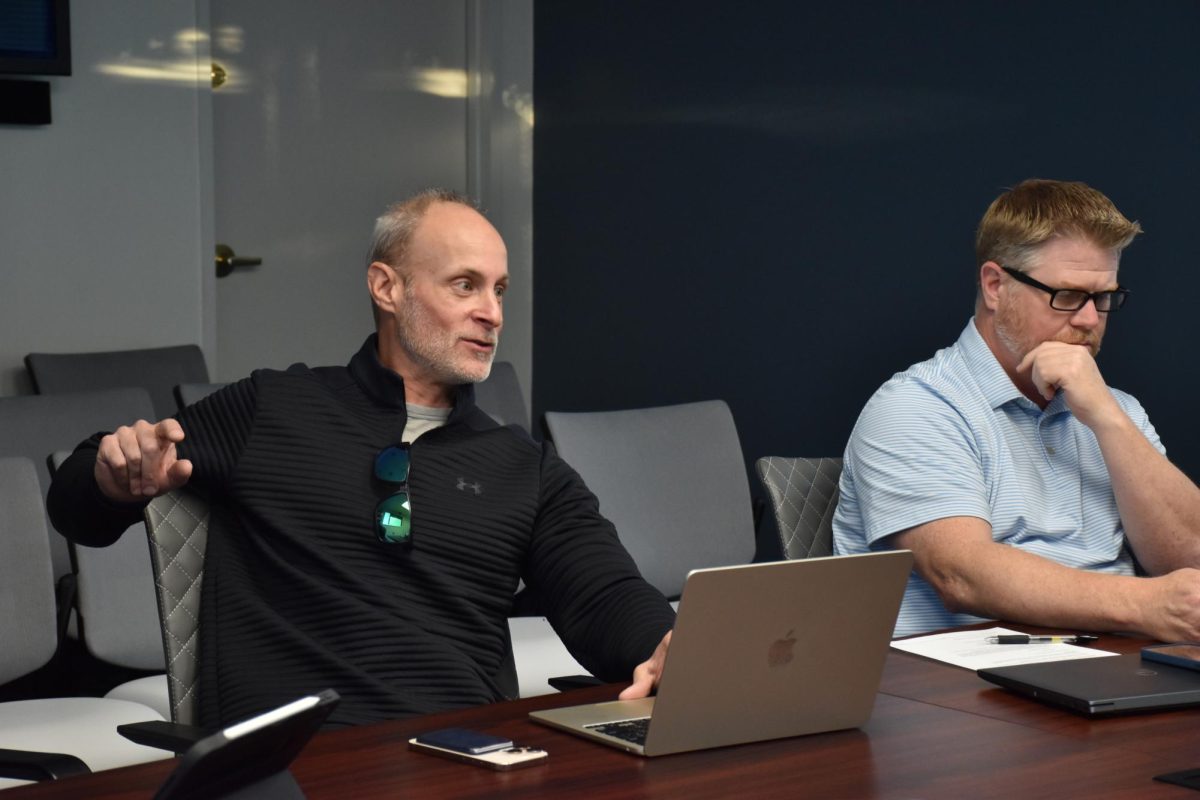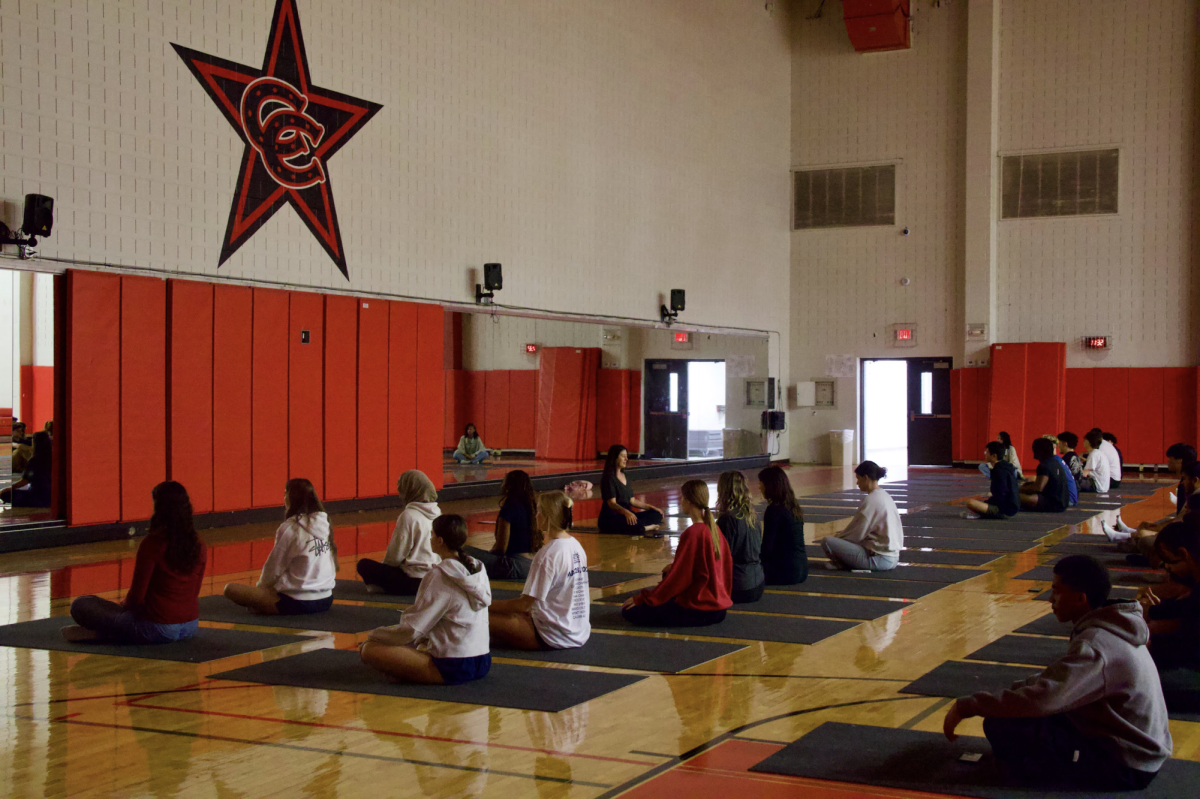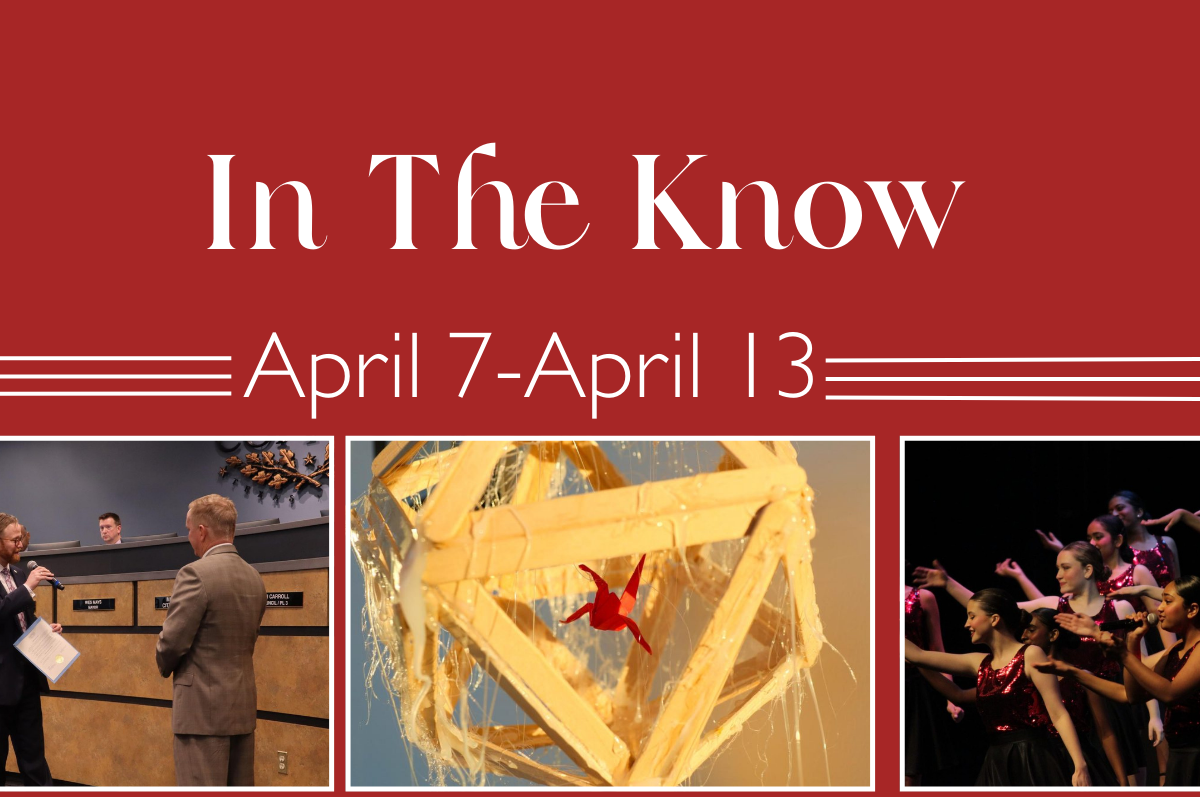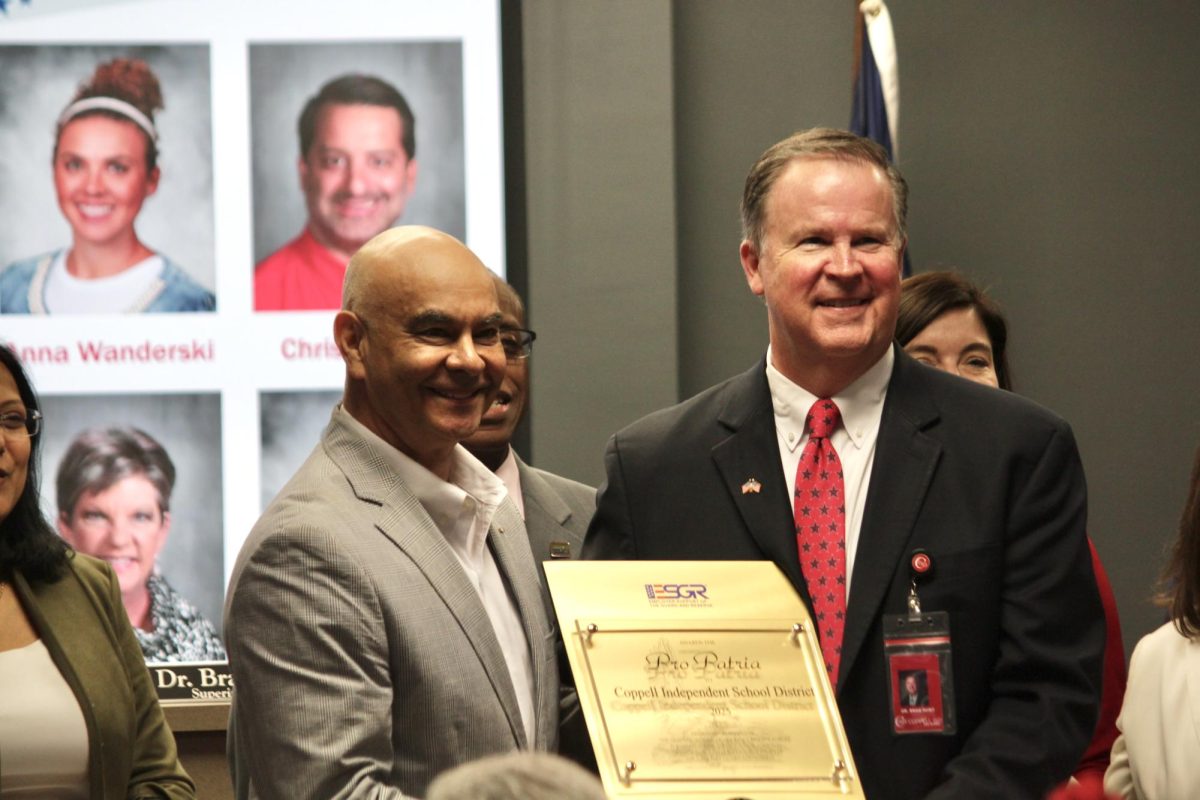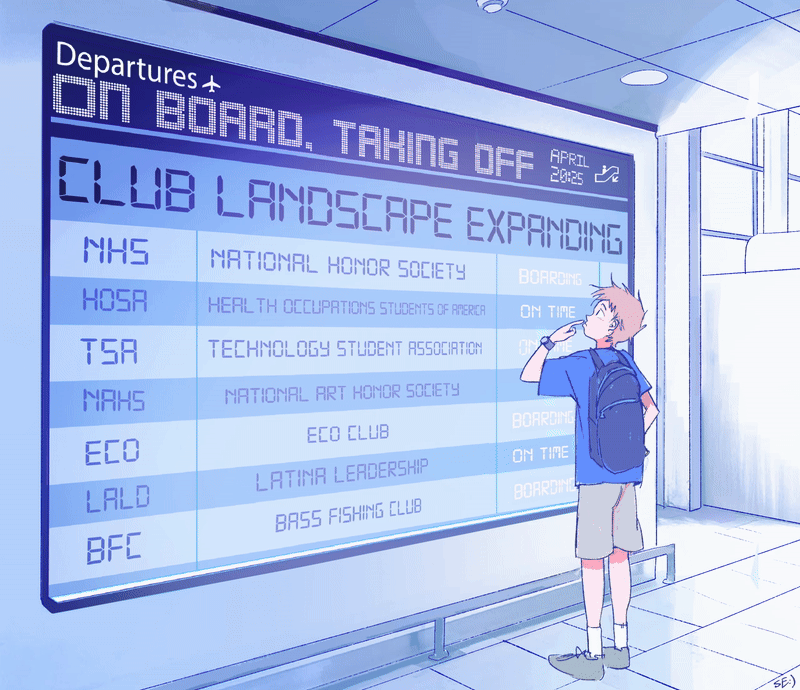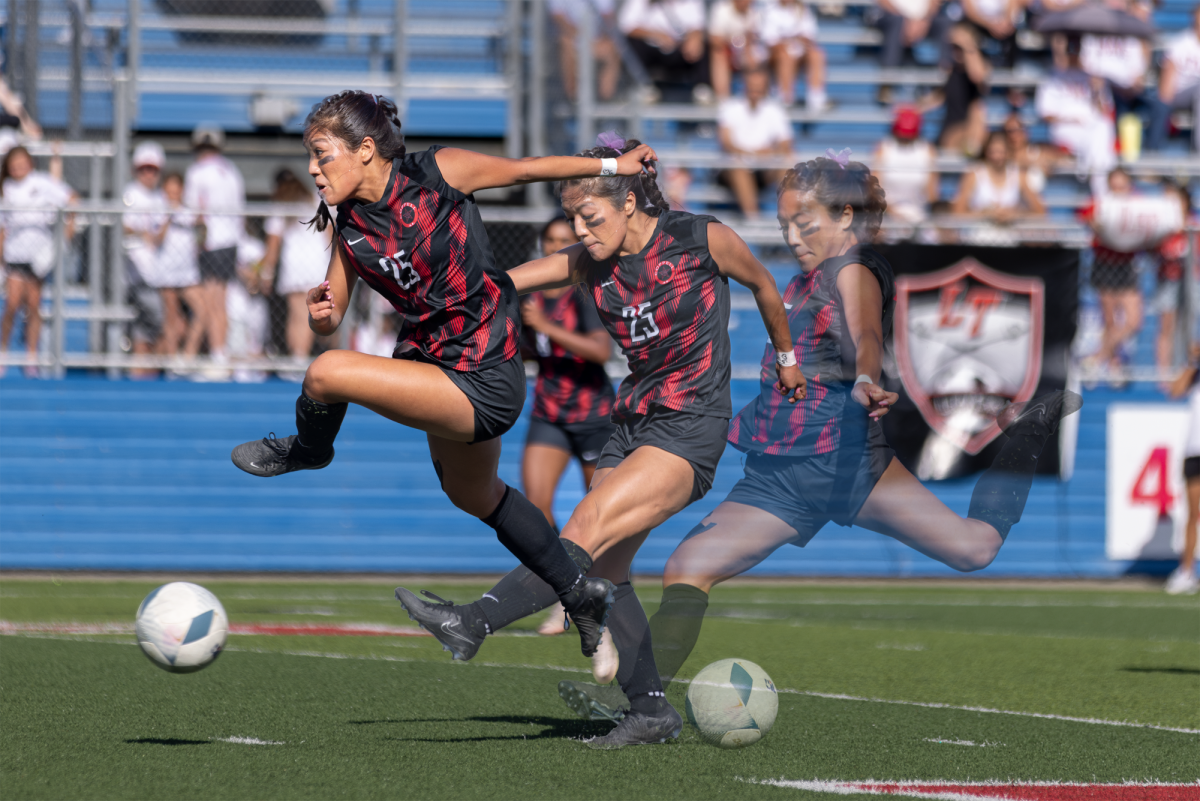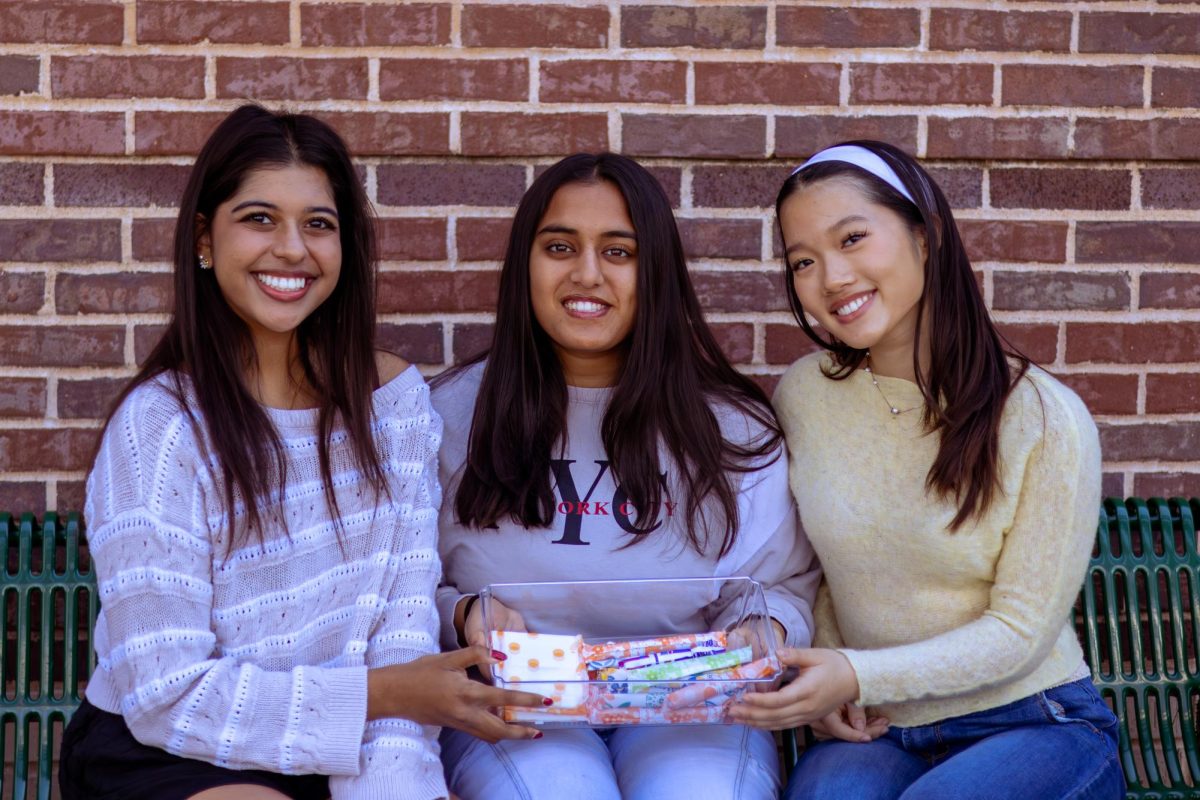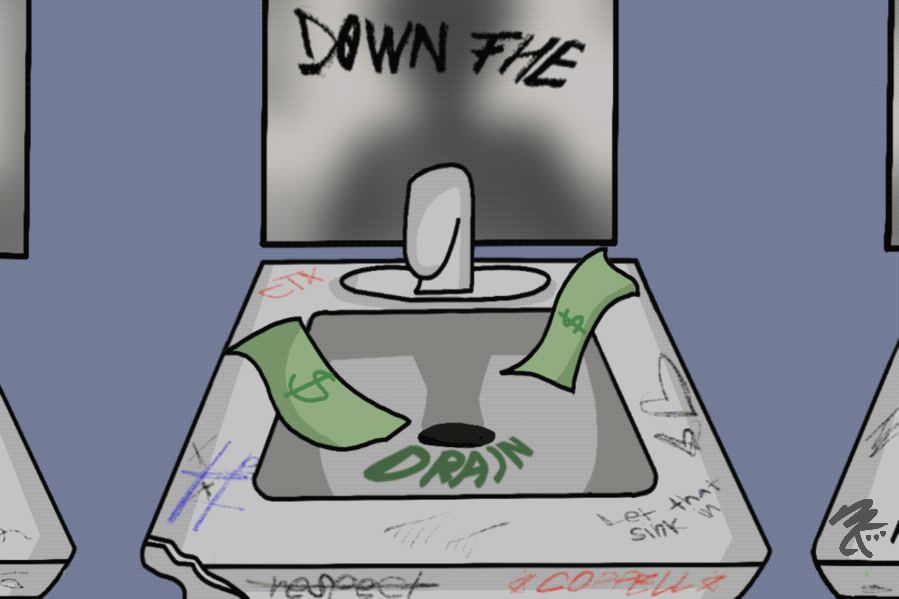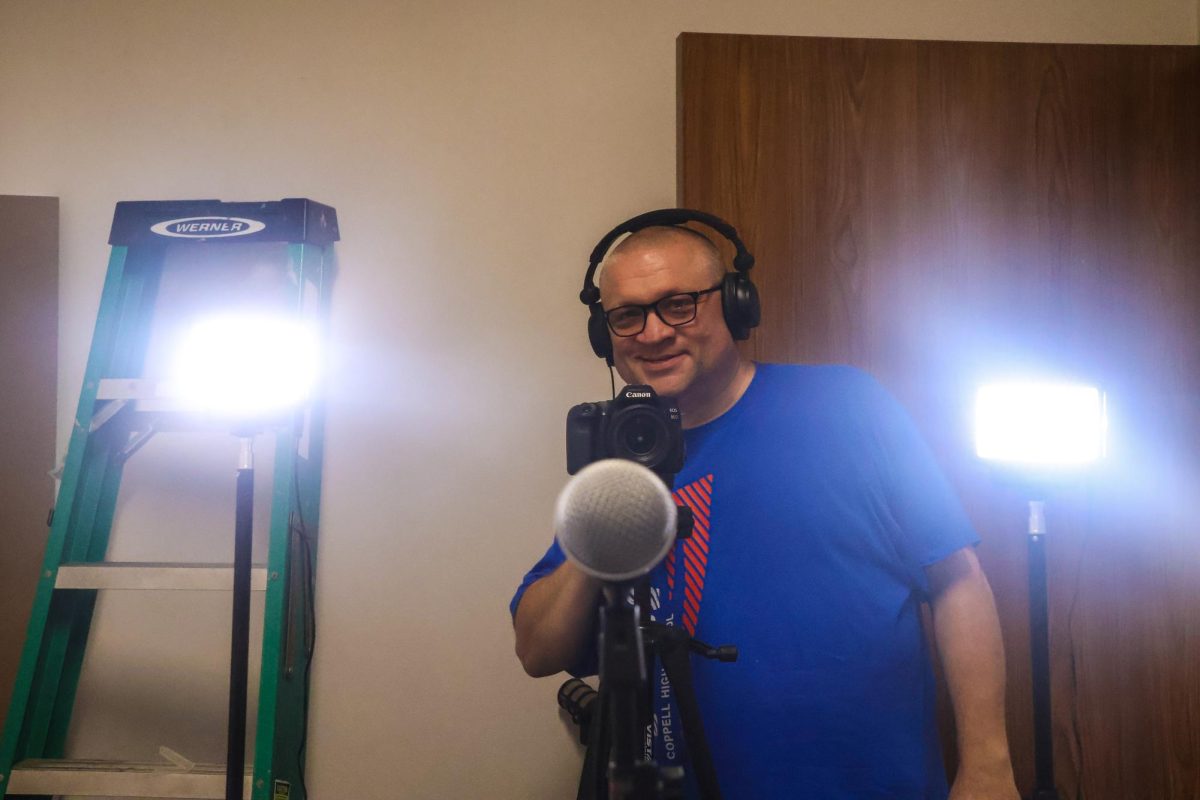Coppell High School U.S history teacher, girl’s basketball and track coach Thomas Sills was nine years old on Nov. 22, 1963 when John Fitzgerald Kennedy was assassinated in Dealey Plaza in Downtown Dallas. Prior to that fateful day, Sills was a big Kennedy family fan, a passion that helped develop his love for history. Photo by Alexandra Dalton.
Lina Pyon
Staff Writer
@linalinaapril
In 1960 an American icon was voted into office and in three short years was fatally shot, here in Dallas.
On Nov. 22, 1963, President John Fitzgerald Kennedy was assassinated in Dealey Plaza, in downtown Dallas after escaping four other assassination attempts during his presidency, and Coppell High School U.S. history teacher and coach Thomas Sills was present at the tragic event.
Kennedy was campaigning in Texas for two days to bring the Democratic party together. This was still a tense time for the Kennedys because their oldest son, Patrick Kennedy, had died on Aug. 9, 1963 a few days after birth. This made the Texas trip, which included stops in Houston and San Antonio before Dallas, the first long public appearance for first lady Jacqueline Kennedy.
Kennedy was a very different president from his predecessors. He brought a lot of radical new ideas and vision, but not all were well received by the American people, notably in the south. His vitality and youth, however, were very popular among many.
“[I was] amazed at and pretty much infatuated with [Kennedy], even at 9 years old,” Sills said. “I loved history back then. The Kennedys, they were like the Camelots.”
Sills and his father were fervid supporters of Kennedy, and excited for his trip to Dallas. Having loved history as a child, Mr. Sills could not contain his animation.for Kennedy’s visit.
Being 9 at the time, he was restless, filled with eagerness for the appearance of the president. He saw people in windows, people in the streets, people behind, in front, all around him.
And that is when he and his father sensed something.
“Something was not right,” Sills said. “Something was different.”
The multitude of people seemed normal to Sills, but his father thought otherwise.
“There’s not enough security here,” his father had said. “These people should not be able to hang out the windows and in a limo that doesn’t have any kind of protection on it.”
The situation turned downhill from there.
Sills and his father were standing across the reflecting pool between Elm Street and Houston Street. The presidential limo turned the corner where they were standing and entered Elm Street where the fatal shot was fired.
The idea of a gunshot seemed crazy so he and the other people around him were not frightened, until the second shot rang out which caused President Kennedy to fall over and a shocking reaction from Jacqueline Kennedy.
“Seeing his wife crawl up on the back [of the car]…at 9 years old I was thinking ‘what in the world is she doing?’” Mr. Sills said, “Well, she was actually [gathering] a piece of his brain. She was in shock, she thought he might need it later.”
Police were beginning to question people about what they heard or saw. The next decision that Sills’ father made was a very smart one for the safety of his life.
Sills’ father told him that he did not need to tell anyone that he was at the assassination until he was 18-years-old so that he could make his own decisions later on in life about what he experienced and not become a witness.
He kept that promise and he never broke it until he turned 18.
“I was scared to death,” Mr. Sills said.
With all the conspiracies surrounding who killed JFK and why, he did not want to let people know what he experienced, fearing the people who might not want that knowledge out.
Years later, the entire situation is still perplexing to him.
“I can’t read enough about it,” Sills said.
Looking back onto the day of the assassination, certains things have stuck out to him, especially the protocol. In addition to the crowd being allowed to be very close to Kennedy, official security was lacking also.
“The freakiest part for me was, before they made the turn they took all the security, the secret servicemen, off of his car, they were walking by his car,” Sills said.
Sills believes that this consolidated the conspiracies surrounding the CIA being connected to the death of John F. Kennedy.
Years later, his story has become more known. Sills is now an official member of the Oral History Collection at The Sixth Floor Museum which preserves the legacy of John F. Kennedy.
Sills being a United States History teacher and witnessing a huge event in history has impacted the way he communicates and teaches his students.
“He was very knowledgable and had lot of passion about the subject… He left a very big impression on me,” former student Collett Skaggs said.
Skaggs had Sills as an U.S. history teacher during 2007-2008. During then her class visited the JFK museum, and while going through the museum, Sills gave them additional information since he was present during the assassination.
“It spurred up extra interest, it’s one of those events I’m more interested in than other events because of all of his knowledge and passion toward it and all that information he was able to give to us.” Skaggs said.
Sills’ personal experience affected Skaggs in a way she could never have learned in a traditional way.
“The event seems a lot more real too, it brought it to life instead of just being in a textbook.”
Skaggs is now a teacher at Denton Creek Elementary. Having a teacher with such an eventful past and being able to share that with his students has impacted the way she teaches today.
“I’m a teacher so it kinda shows me the importance of relating things and giving life experiences to help involve and create interest in my students to helping them more,” Skaggs said.
For the people that he has told about his story to, they will forever remember his special eye witness story. For Sills, he will always keep his memory with him and always remain a part of history.



